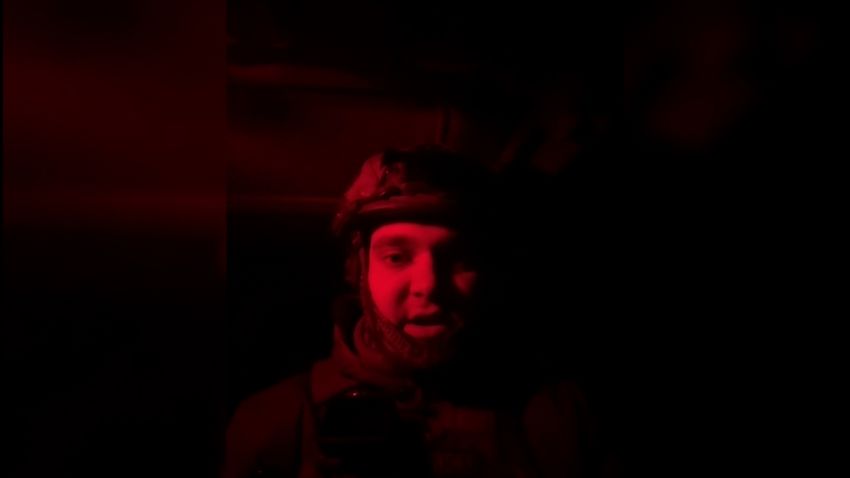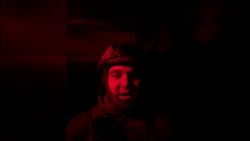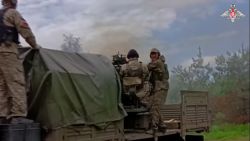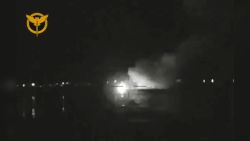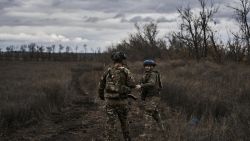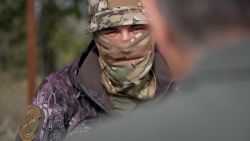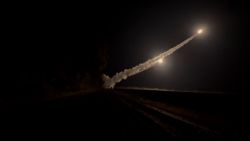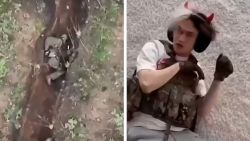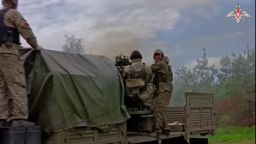As Serhiy Ostapenko hunkered down in his pickup truck, hiding under trees for cover in the dead of night, the crashing booms of Russian bombardment rumbled around him.
“The enemy is shelling us 24 hours a day. I don’t remember the last time there was silence for more than an hour,” said the 32-year-old Ukrainian drone pilot, speaking from the right bank of the Dnipro River in southern Ukraine – one of the new frontlines in a grinding war that’s now entering its second winter.
Ostapenko is a member of the “Sons of Thunder” drone unit, part of Ukraine’s operation to cross the Dnipro, pushing back Russian forces and establishing a sustained presence on the left bank. Earlier this month, Ukraine said it had “gained a foothold” on the bank, a potentially significant advance in what has so far been a lackluster counteroffensive.
But during CNN’s exclusive access with Ostapenko, his night mission had just been aborted because the Russians had identified his unit’s position on the right bank – forcing them to take shelter.
“That’s another one – I think it was a rocket,” he told CNN as another boom rang out, his face lit only by a dim red light. “Every time I enter this zone … I say goodbye to my life every time, because I realize that my life can be ended at any moment, because either a rocket or a shell will strike. You get used to it, but it is unpleasant.”
Advancing on the Dnipro
The 2,200 kilometer (1,400 mile) long Dnipro is Europe’s fourth longest river, flowing from Russia, through Belarus and Ukraine to the Black Sea.
It winds through the marshlands of Russian-occupied Kherson region – with Russian troops forced to retreat across the river last November after being pushed out from Kherson city by Ukrainian fighters.
The liberation of the city, after eight months of brutal occupation, was a euphoric victory and a key moment in Ukraine’s war effort. But the year since has brought little relief, with Kherson city and its surrounding region still under relentless bombardment by Russian forces across the river.
The Dnipro, which at some points stretches a mile wide, serves as a natural defensive barrier for Russian troops – which is partly why it has become a major target for Kyiv. Ukrainian forces have previously staged cross-river raids, but establishing a firm bridgehead across the river and pushing back the Russians could help better protect Kherson city by putting more distance between civilians and enemy artillery.
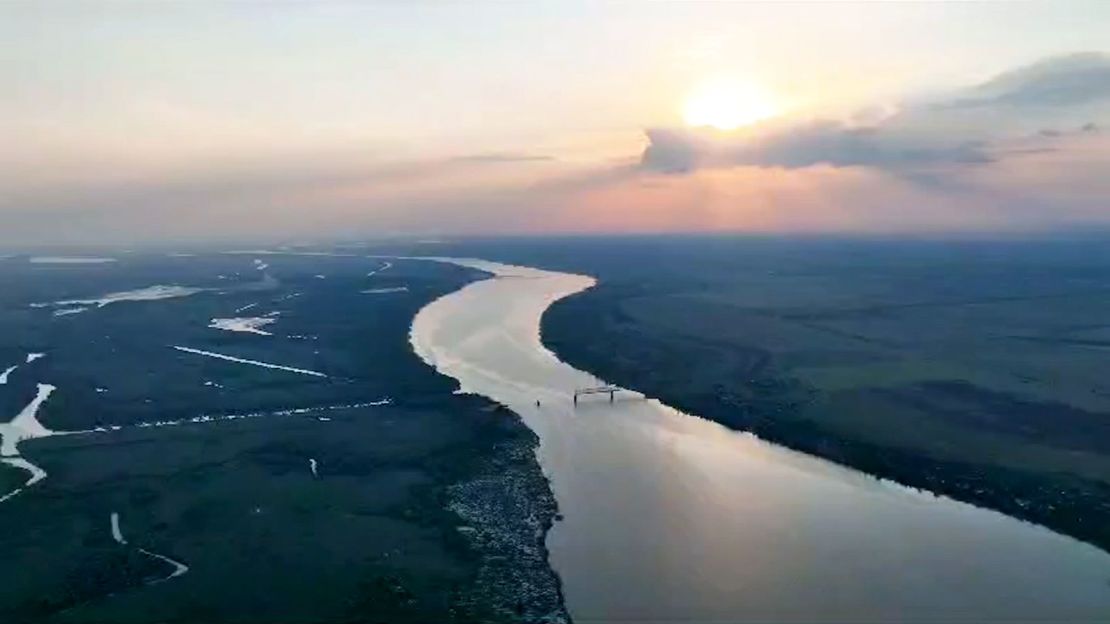
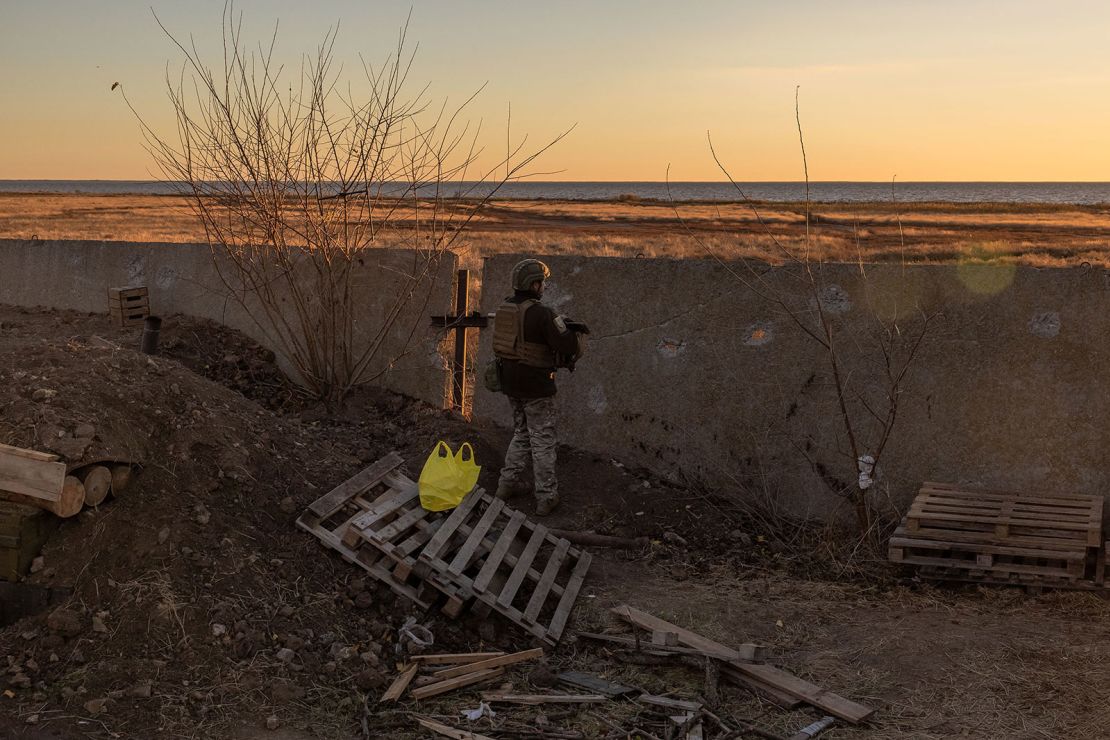
And – at least theoretically – an advance on the left bank could give Kyiv a launching place to push further south toward occupied Crimea, the peninsula Russia illegally annexed in 2014.
Ukrainian armed forces say they’ve pushed back Russian troops 3 to 8 kilometers (2 to 5 miles) back from the river.
“Now our (troops) are advancing on the other side of the Dnipro. It is very difficult, we are making a lot of effort to make it possible and to build up our strength on the other side of the Dnipro,” said Ostapenko.
He added that “certain connections” had been established across the river, allowing Ukrainian troops to transport “weapons, ammunition, food, fuel” to their partners “on the other side.”
His aerial reconnaissance unit, meanwhile, works to provide cover for soldiers crossing the river, to surveil Russian troops and movements, and to help mask the locations of Ukrainian troops and equipment.
It’s dangerous work; Ostapenko described facing a daily barrage of “kamikaze drones, I think it’s Shaheds, rockets, most likely Grad rocket launcher, mortars, and tanks.”
But, he added, the bombardment could be seen as a good sign: “The enemy is trying to resist as much as possible, which indicates that we are doing everything right. We are causing them many problems, and (they are) trying to fight it.”
‘We have to survive’
All the while, in Kherson city, the jubilation of last year’s liberation has faded for some residents as they focus on just getting through each day.
“When it is quiet, it is even scarier than when there is shelling,” said 54-year-old Inna Balyoha. “You’re waiting, you’re constantly listening, turning the radio down. So that you can hear the sounds outside the window, so that you can react in time to the shelling.”
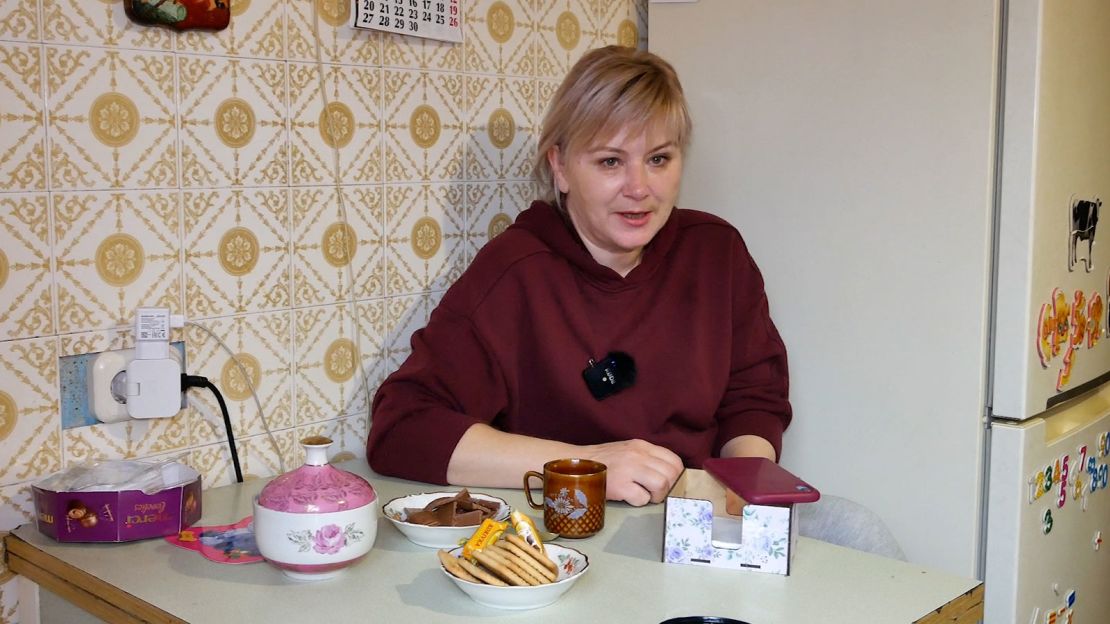
She’s one of roughly 73,000 residents still in Kherson – less than a quarter of its original population of 300,000. Between having to care for her 4-year-old grandson and frail 87-year-old mother, “the decision not to leave was made a long time ago,” she said.
But living in the midst of war has taken its toll. One of her grandson’s first words was “alarm,” she said. “He knows how to react if there is an air raid siren. He knows where to go. If explosions are heard outside the window, he has a little hiding place in the hallway.”
The shelling has gotten so bad that they’ve stopped going outside for short walks, mostly staying at home now. “Right now, I’m doing everything that depends on me to keep the child safe,” she said. “Our main task is to survive. That was the main task during the occupation. And it is now. We have to survive.”
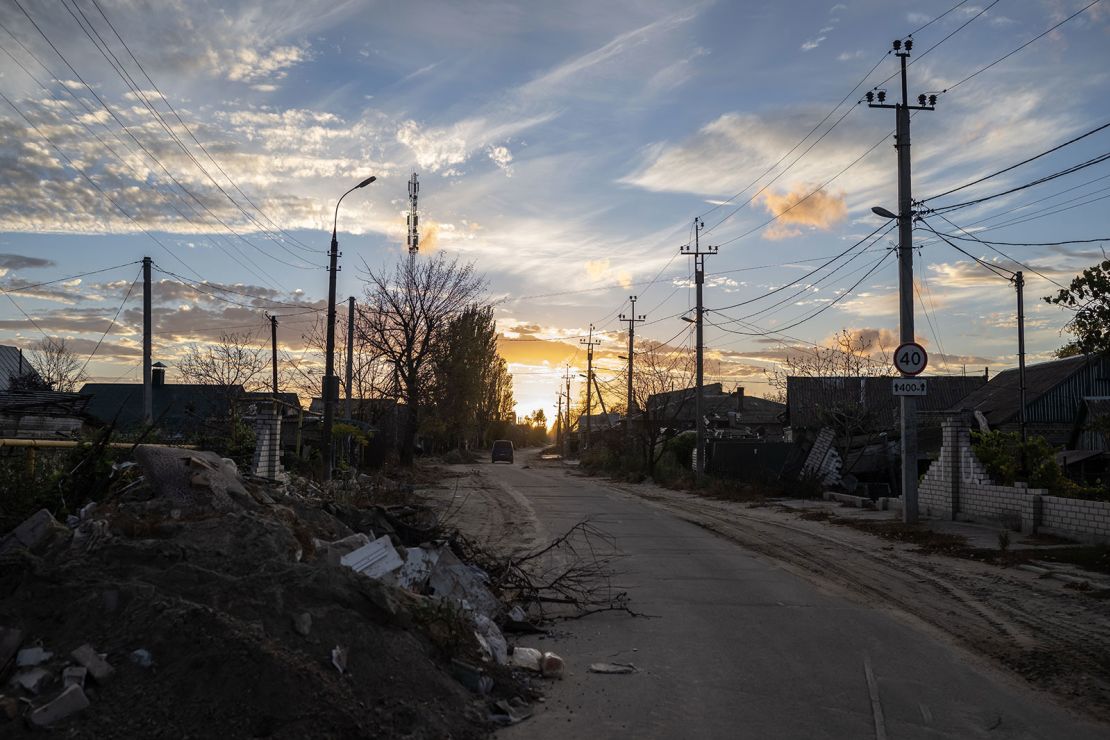
Attacks on Kherson have intensified in the past month, at one point reaching 700 incoming rounds in one day, according to Oleksandr Prokudin, the head of Kherson region’s military administration.
Russian troops are “hitting residential areas more often because our defenders are advancing, and they are trying to intimidate ordinary citizens in places close to the Dnipro River,” said Prokudin. “This is revenge, and now it is felt more, because our soldiers are already on the left bank of the Kherson region. The civilians of the Kherson region feel this revenge more.”
But, he added, each Kherson resident was an “example of courage.” As tough as conditions are, Kherson is still free from Russian occupation – meaning people can “communicate freely, walk freely on our land,” he said. “Home gives people strength. They are holding on because they are at home.”

